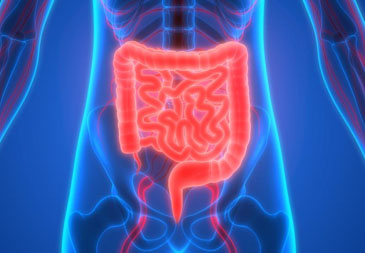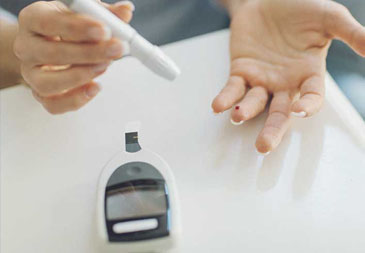
Hepatitis means inflammation of the liver. It can be caused by several viruses. The main types in the United States are A, B, and C. Type A symptoms are often similar to a stomach virus. But most cases resolve within a month. Hepatitis B and C can cause sudden illness. However, they can lead to liver cancer or a chronic infection that can lead to serious liver damage called cirrhosis.
Signs and symptoms of hepatitis B range from mild to severe. They usually appear about one to four months after you've been infected, although you could see them as early as two weeks post-infection.
Book Appointment
It is usually not possible to know exactly why one person develops cancer and another doesn’t. But research has shown that certain risk factors may increase a person’s chances of developing cancer. (There are also factors that are linked to a lower risk of cancer. These are sometimes called protective risk factors, or just protective factors.)
Cancer risk factors include exposure to chemicals or other substances, as well as certain behaviors. They also include things people cannot control, like age and family history.
Book Appointment
An infection happens when a foreign organism enters a person's body and causes harm.
The organism uses that person's body to sustain itself, reproduce, and colonize. These infectious organisms are known as pathogens. Examples of pathogens include bacteria, viruses, fungi, and prions. Pathogens can multiply and adapt quickly.
Some infections are mild and barely noticeable, but others are severe and life-threatening, and some are resistant to treatment. Infection can be transmitted in a variety of ways.
Book Appointment
The digestive system is made up of the gastrointestinal tract—also called the GI tract or digestive tract—and the liver, pancreas, and gallbladder. The GI tract is a series of hollow organs joined in a long, twisting tube from the mouth to the anus. The hollow organs that make up the GI tract are the mouth, esophagus, stomach, small intestine, large intestine, and anus. The liver, pancreas, and gallbladder are the solid organs of the digestive system.
The small intestine has three parts. The first part is called the duodenum. The jejunum is in the middle and the ileum is at the end.
Book Appointment
Diabetes is a disease in which your blood glucose, or blood sugar, levels are too high. Glucose comes from the foods you eat. Insulin is a hormone that helps the glucose get into your cells to give them energy. With type 1 diabetes, your body does not make insulin. With type 2 diabetes, the more common type, your body does not make or use insulin well. Without enough insulin, the glucose stays in your blood. You can also have prediabetes. This means that your blood sugar is higher than normal but not high enough to be called diabetes. Having prediabetes puts you at a higher risk of getting type 2 diabetes.
Book Appointment
Thyroid disease is a group of disorders that affects the thyroid gland. The thyroid is a small, butterfly-shaped gland in the front of your neck that makes thyroid hormones. Thyroid hormones control how your body uses energy, so they affect the way nearly every organ in your body works—even the way your heart beats.
metimes the thyroid makes too much or too little of these hormones. Too much thyroid hormone is called hyperthyroidism and can cause many of your body’s functions to speed up.
Book AppointmentCopyright © Generic Diagno Lab. All Rights Reserved. Powered by Webclixs